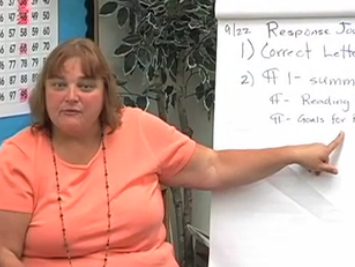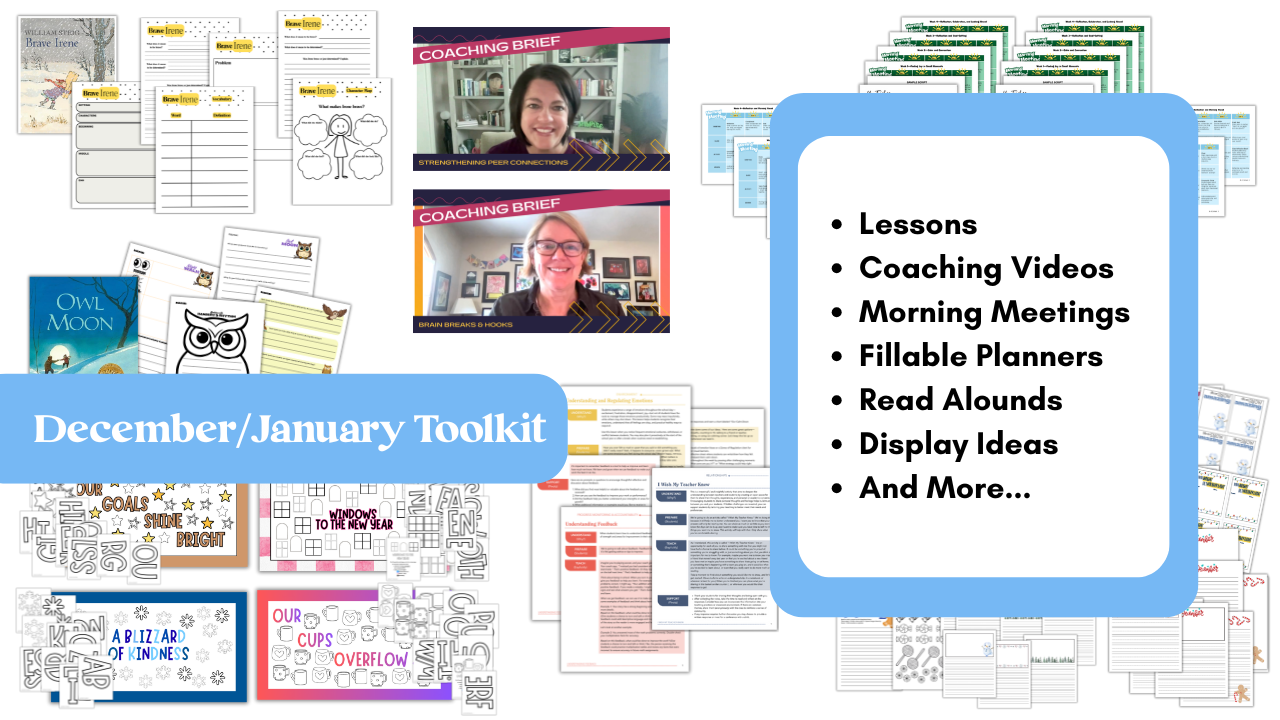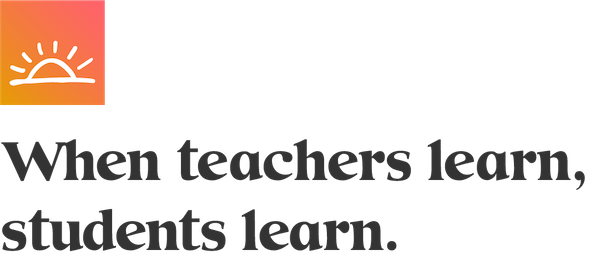You're seeing just the beginning!
The rest of this article is available to Resource Library members—packed with ideas, tools, and teaching insights.
Member Login
Part 1
Pam reviews the expectations for the response journal, emphasizing the concept of summary. The link below shows you the handout she provides students, clearly stating journal expectations.
Part 2: Reading Thinking
In part two of this five part series, Pam introduces her fifth grade students to the content requirements for the Reading Response journals they will be expected to turn in once a week. She expects three paragraphs, framed in a friendly letter format. The first is a summary of the passage read, and the second, which you'll see modeled in this video, is a description of the student's "Reading Thinking". This is the paragraph where they will share the strategies they are using and how those strategies are helping them read accurately, fluently, gain vocabulary, and achieve deeper comprehension.
Part 3
Pam models the thinking that is involved with writing this paragraph and then constructs the paragraph in front of the class with the students help. The paragraph includes their goal for the week, the progress toward meeting their goal and finally what their goal will be for next week.
Part 4
This is the last "formal" lesson Pam teaches regarding expectations for the weekly reading response journal entries she requires. After this lesson, students will be expected to try their hands at reflecting on their reading through the writing process. Pam introduces the scoring rubric to assess a response she has written. She promotes understanding by asking students to dig into the rubric, asking "What is the difference between a 3 and a 4?" She inspires them to go for it by ending with, "There is no reason why you can't get a 4". We appreciate Pam's teaching, high expectations and belief in each child's potential to achieve. You may notice a few changes to the rubric, from the video. Pam updated this rubric after the video was shot. Enjoy her newest thinking!
Part 5
Joan, Gail and Pam enjoy a reflective dialogue regarding the setting up of the journals with Pam's students. Watching and reading about what others do helps us reflect on and refine our own craft of teaching. It is fun to learn together and we appreciate Pam for letting us partner with her. Many of you have written, telling us how much you've enjoyed this series, and that you are taking Pam's ideas and tweaking them to make them your own. That is the most gratifying thing we could hear!

 Reading response journals have many variations. This series features a teacher named Pam, her intermediate-grade class, and different types of reading response journals they have used.
Reading response journals have many variations. This series features a teacher named Pam, her intermediate-grade class, and different types of reading response journals they have used.

